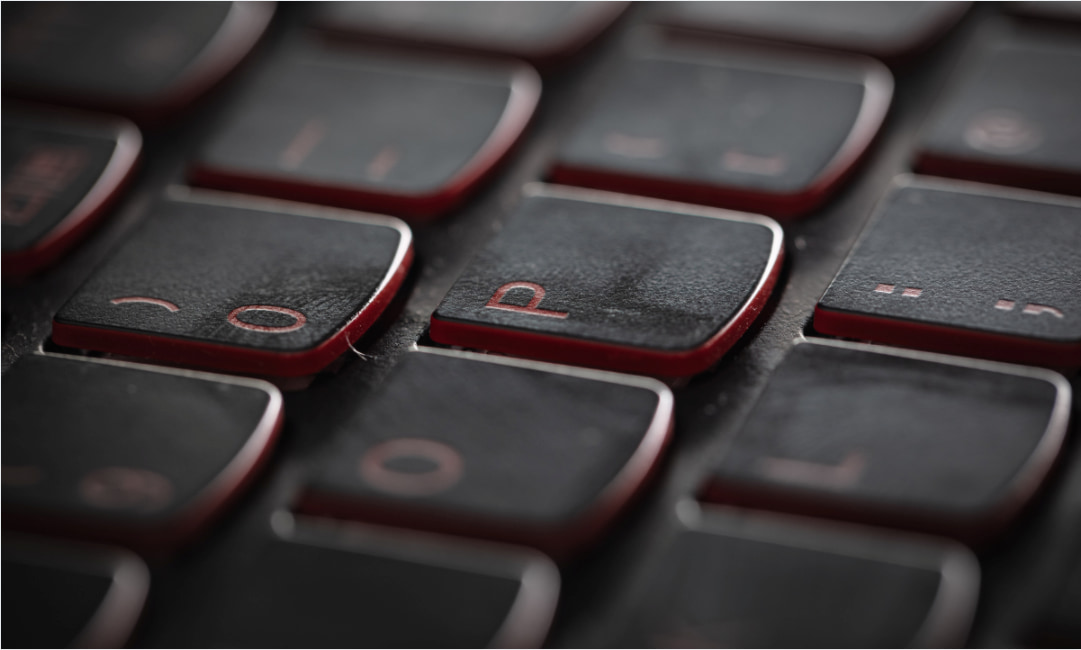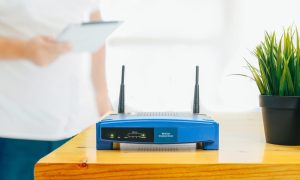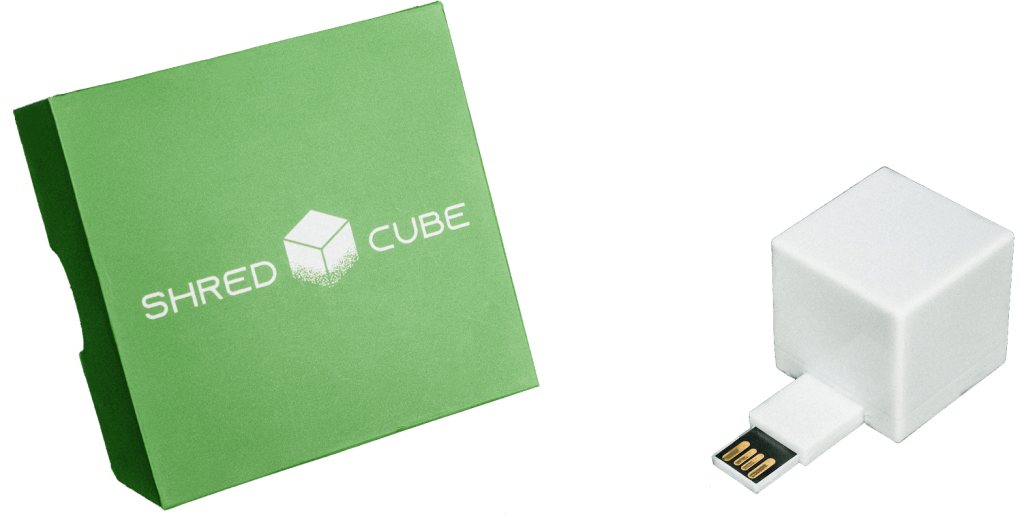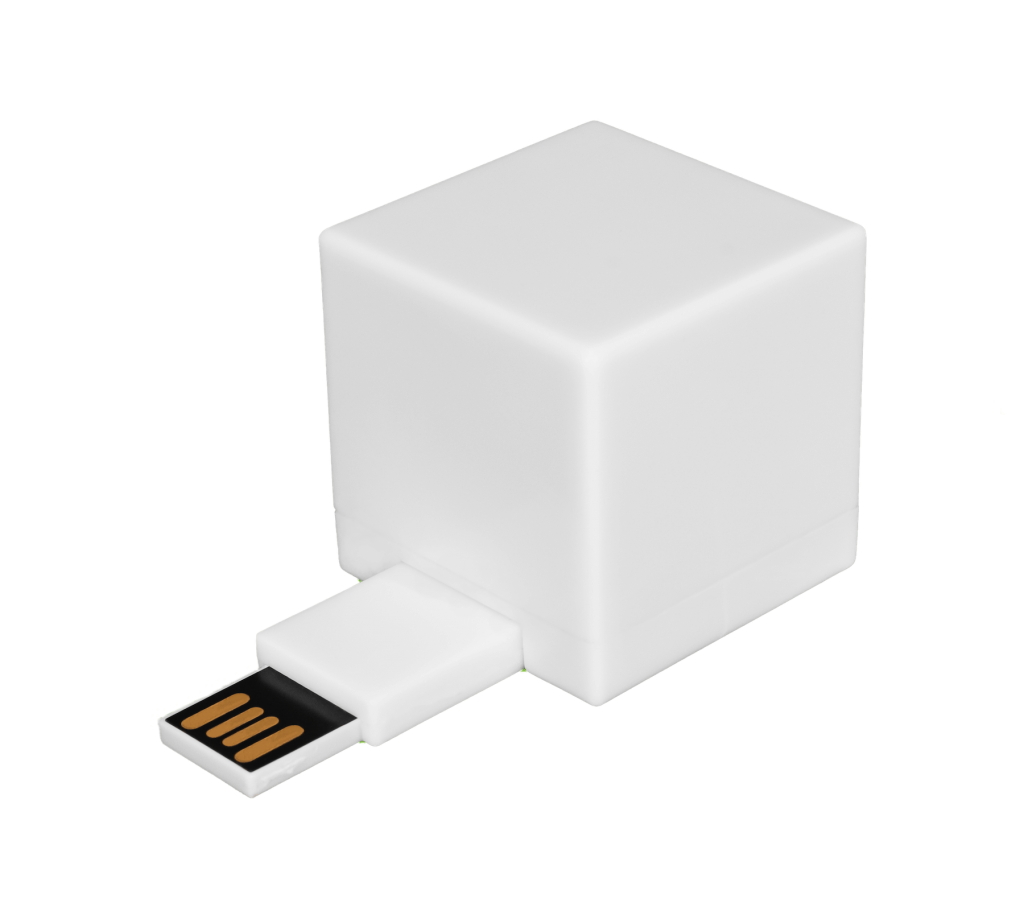Browsing the internet is an inherently risky activity. Nefarious threat actors hide behind malicious URLs, seemingly innocent email attachments hide malware, and every computer program and app has the very real potential to install malevolent code. But what if the real threat was right in front of you? What if threat actors were able to secretly record every single keystroke you made on your keyboard?
Welcome to the terrifying world of keyloggers, where every keystroke puts you at risk of being hacked. So, how do you protect yourself from an invisible enemy? Here’s everything you need to know about keyloggers, what they do, and how to prevent them from infiltrating your system.
What is a Keylogger?
A keylogger, or “keystroke logger,” is a type of software that tracks every key struck on your keyboard. It stores a copy of every keystroke you make on a small, hidden file on your computer, which is retrieved manually or via the internet.
A few facts to keep in mind:
- Unlike traditional malware and viruses, keyloggers belong to a very niche group of software called “spyware.”
- Why hack into computer systems, research people’s lives to guess passwords, or steal data from hyper-secured servers when you can just log every single keystroke until you find the password or username you’re looking for?
- To put it simply, keyloggers are an incredibly common, pervasive, and dangerous type of software that can lead to all sorts of troublesome issues.
However, it’s important to note that keyloggers aren’t always strictly malicious. Some employers install keyloggers on employee equipment to track their browsing habits, for example, but there are also plenty of threat actors using keyloggers to look for juicy personal information.
Clean Your Computer in Minutes, not hours...
The Shred Cube wipes your unwanted computer files, that you choose, in minutes. Try it for yourself.
Get The Shred CubeIdentifying Types of Keyloggers
There are two different types of keyloggers that threat actors leverage to steal personal data: software and hardware. The difference is in where they are stored on your device.
- Software keyloggers: These are the most common, and are either installed onto your computer directly or over the internet. They often install themselves when you visit a malicious website, download nefarious email attachments, or install shady software. Software keyloggers typically record every keystroke on hidden files that can be recovered at any time.
- Hardware keyloggers: Unlike software keyloggers, hardware keyloggers are physical chips that threat actors put into your computer. If you leave your computer at the local cafe when you visit the restroom, for example, a threat actor may slip this chip into your computer. These are incredibly difficult to detect, and they’re generally the most dangerous form of keylogger.
Here’s where things get scary: 80% of software keyloggers are not detectable by firewalls or antivirus programs, and their popularity with businesses makes them incredibly easy to find and download. In fact, you can go download a keylogger right this moment. It’s easy, fast, and can be used to create havoc in your life.
What Are Keyloggers Looking For?
So, why are hackers going through the trouble of getting a keylogger on your computer? The answer is simple: for profit.
- 71 percent of data breaches are financially motivated.
- Hackers are looking to steal your identity, rummage through your bank account, and unlock private business information.
- Really, there are a variety of ways that hackers can make money on your data.
- They can sell it on the black market, commit identity fraud (which will cost you approximately $4,800), or even spam your email and mailbox with scams and advertisements.

Here are a few of the types of information hackers are looking for when they install keyloggers:
- Passwords
- Credit card details
- First and last names
- Social Security numbers
- Addresses
- Email addresses
- Bank account details
- Business document details
- Social media accounts
- 401(k) information
- Website details
- Stock trading information
- Game and software licensing keys
Even getting their hands on just a couple of these items can lead to long-term, hard-to-mitigate identity theft and fraud problems that could cost you time, money, and energy.
How to Identify a Keylogger
Like other types of malware, malicious keyloggers are installed on your system when you download something sketchy. It may come from a seemingly innocent website that’s actually stuffed with malware, a strange email attachment, or a risky program. The simplest way to detect a keylogger is to download the latest version of anti-malware software.
There are a variety of free options on the market like:
However, sometimes, anti-malware isn’t sufficient — especially if it’s a relatively new type. Here are a few manual methods you can attempt if you believe you may have a keylogger.
- Check Task Manager: Your task manager will keep a log of all processes currently running on your computer. You should check to ensure that there aren’t any fishy-sounding processes running (hint: Google the names of the processes to find out more information).
- Press Ctrl + Alt + Del
- Click Task Manager
- Click the Processes tab
- Sift through the list to find any suspicious names
- Clear Temporary Files:
Sometimes, keyloggers hide in your temp folder to avoid detection. This is especially true if they were automatically downloaded as part of a website-based scam.
- Type %temp% into the Search Bar
- Delete all the files in the Temp Folder
- Enable Firewall:
Windows is extremely proficient at finding various keyloggers and viruses via its firewall. You should enable this to prevent any keyloggers from accessing the internet — which they need to send their data files back to the threat actor.
- Type Windows Defender Firewall in the Search Bar
- Turn Windows Defender Firewall On
Unfortunately, it’s not always easy to tell if you have a keylogger. Your best bet is to combine all the methods above with a world-class anti-malware program. Contrary to popular belief, keyloggers don’t always slow your system down, you may not notice them until it’s too late.
Keyloggers Are A Serious Threat
Every year, more than 3 million Americans experience identity theft due to malicious means like keyloggers. These shady programs record every keystroke and send them back to threat actors for analysis. It’s in your best interest to stay vigilant and protect yourself from these spyware threats. Remember, the best treatment is always prevention.
Contact Shred Cube today to speak with an expert about any questions you might have about detecting keyloggers — and how permanent file deletion using a digital file shredder can help you keep your information safe.












